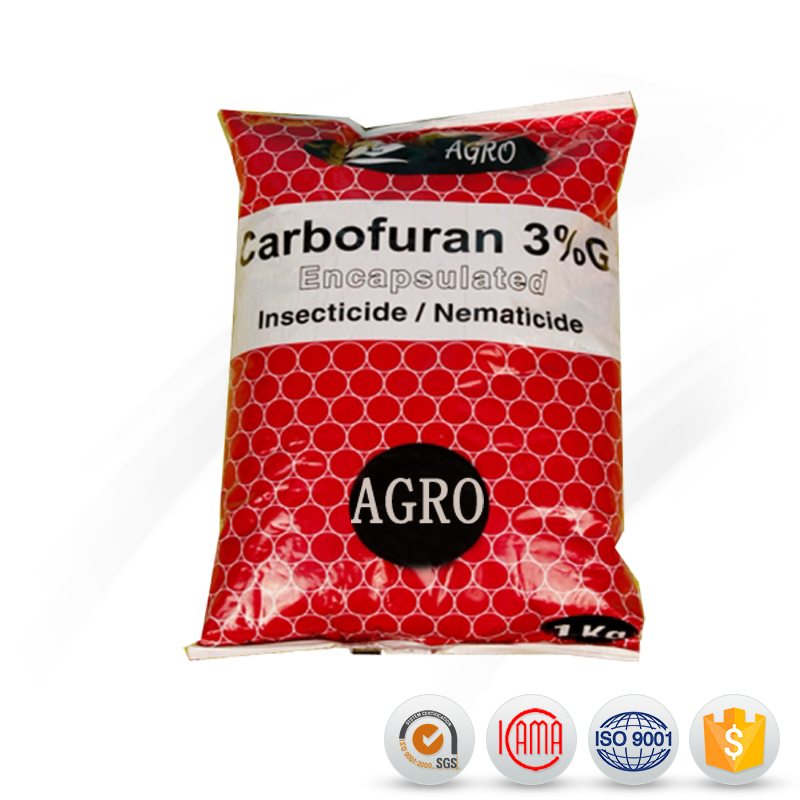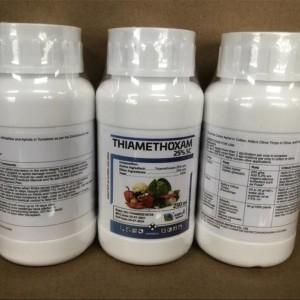Carbamate insecticides are essential chemicals in modern agriculture and public health. They control the reproduction and spread of pests by inhibiting the enzyme acetylcholinesterase (AChE). In this paper, we will explore in detail the mechanism of action of carbamate insecticides, their scope of application, common types and their effects on humans and the environment.
Chemical principles of carbamate insecticides
Function of Acetylcholinesterase (AChE)
Acetylcholinesterase (AChE) is an important enzyme responsible for breaking down the neurotransmitter acetylcholine and maintaining the normal function of the nervous system.
Mechanism of action of carbamates
Carbamate insecticides prevent the breakdown of acetylcholine by binding to the enzyme acetylcholinesterase and forming a stabilizing intermediate. This leads to the accumulation of acetylcholine in the synaptic gap and overexcitation of nerve cells, which ultimately leads to the death of the pest.
Applications of carbamate insecticides
Applications in Agriculture
Carbamate insecticides are widely used in agriculture, mainly for controlling crop pests such as aphids, mites and leafhoppers.
Applications in Public Health
These insecticides are also used to control public health pests such as mosquitoes, flies, cockroaches, etc. to effectively prevent the spread of diseases.
Recommended Insecticides
Methomyl:
Uses: Widely used in agriculture, horticulture and animal husbandry.
Preventing objects: Mainly used to prevent and control aphids, leafhoppers, mites, stick insects and other pests on vegetables, fruit trees, cotton, corn, rice and other crops.
Dosage Form: Methomyl 90% SP, Methomyl 90% EP, Methomyl 20% EC, Methomyl 40% EC, Methomyl 20% SL, Methomyl 24% SL, Methomyl 98% TC
Furadan (Carbofuran):
Uses: Mostly used in soil treatment and seed treatment, common in rice, corn, cotton and other crops.
Preventing objects: Effectively control root-knot nematodes, underground pests and certain aboveground pests, such as aphids, leafhoppers, flea beetles and so on.
Methiocarb:
Uses: Used in farmland, orchards, greenhouses and flowers, etc., often used as touch and stomach poison.
Preventing and controlling objects: mainly against snails, slugs, mole crickets and some pests with chewing mouthparts.
Bendiocarb:
Uses: Used in the field of public health and domestic hygiene, also used in agricultural control.
Targets: Effective against mosquitoes, flies, cockroaches, as well as mites and aphids in agriculture.
Carbaryl:
Uses: Widely used in agriculture and horticulture, especially in fruit trees and vegetables.
Preventing objects: Effective against a variety of pests such as Lepidoptera, Coleoptera and Hemiptera, such as aphids, leafhoppers, cabbage greenfly, cotton bollworm, etc.
Dosage Form: Carbaryl 50%WP, Carbaryl 85%WP, Carbaryl 5%GR
Isopropylcarb (Isoprocarb):
Uses: Mainly used in rice fields as well as cotton and other crops.
Preventing objects: mainly used to control rice fly, rice leaf borer, rice stem borer and so on.
Thiamethoxam (Thiacloprid):
Uses: Applied to a variety of crops, including fruits, vegetables and field crops.
Preventing and controlling objects: mainly used to control aphids, whiteflies, thrips, leafhoppers and so on.
Dosage Form: Thiamethoxam 25g/L EC, Thiamethoxam 50g/L EC, Thiamethoxam 10%WP, Thiamethoxam 15%WP, Thiamethoxam 75%WDG, Thiamethoxam 350g/lFS
Symptoms of poisoning by organophosphorus and carbamate insecticides
Acute poisoning symptoms
Common acute poisoning symptoms include headache, dizziness, nausea, vomiting, diarrhea, muscle twitching, miosis, and salivation.
Symptoms of severe poisoning
Severe poisoning may result in respiratory failure, coma, convulsions, cardiac arrhythmia and shock.
Prevention and treatment of carbamate insecticide poisoning
Preventive measures for poisoning
Wear protective equipment when using carbamate insecticides, avoid direct contact with skin and eyes, and wash exposed areas thoroughly after use.
Treatment of poisoning
Once symptoms of poisoning occur, remove the exposure source quickly, perform skin and eye washing, use medication (e.g., atropine) for detoxification if necessary, and seek medical attention as soon as possible.
Frequently Asked Questions (FAQs)
What are carbamate insecticides?
Carbamate insecticides are a class of chemicals that kill pests by inhibiting the enzyme acetylcholinesterase.
What is the environmental impact of carbamate insecticides?
They have some impact on the environment, especially on aquatic organisms and birds. Contamination of water sources should be avoided when using them.
How to use carbamate insecticides properly?
Wear protective equipment, avoid direct contact and wash thoroughly after use.
What should I do if I am poisoned?
When symptoms of poisoning occur, the source of exposure should be quickly removed, cleaned, and medical attention should be sought as soon as possible.
What alternatives are available?
Biological control methods or other low-toxicity insecticides may be considered as alternatives.
Post time: Jun-19-2024







